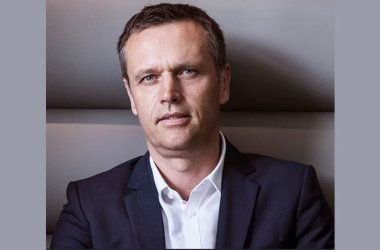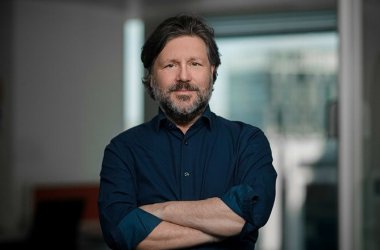 The heads of technology at the New York Stock Exchange (NYSE Euronext) and NASDAQ OMX have said that financial businesses will only drive successful innovation if they have powerful, decisive CEOs.
The heads of technology at the New York Stock Exchange (NYSE Euronext) and NASDAQ OMX have said that financial businesses will only drive successful innovation if they have powerful, decisive CEOs.
Stanley Young, head of NYSE Technologies – the IT arm of the New York Stock Exchange and Euronext – said: “You can have the ideas, but to execute them you need a powerful chief executive who is a visionary and who wants to drive them and encourage more ideas.”
Young was speakingon a panel to delegates at the Bloomberg Enterprise Technology Summit in London.
NASDAQ OMX’s senior VP of IT, Carl-Magnus Hallberg, added that good chief executives facilitate the trialling of technology ideas, even in a downturn.
“You need the mechanism in organisations to try pilots,” he said. “To experiment is important.”
NYSE and NASDAQ are two of a group of major exchanges known for their high spending on technology – often cited alongside the London Stock Exchange, and Singapore and Tokyo Stock Exchanges, for their extensive focus on IT to slash trading times and improve capacity and reliability.
NASDAQ’s own iNet platform, and NYSE’s Arca system, are two of the fastest in the world with round trip trading latencies around the 100 microsecond mark. Both exchanges have played a key role in the development of fast global electronic trading and broker colocation.
NYSE’s Young said that in the mid-2000s the stock exchange had “got to a point where it had to innovate, and the introduction of the Arca platform had been a key step. The innovation culture since then was being fostered by our CEO, Duncan Niederauer,” he said.
“NASDAQ has its own scheme to drive innovation through client conversations,” Hallberg explained.
“Four years ago we found ourselves wondering how to get the next disruptive technology system. So we send out our best talents for a month to get the customer feedback and devise the disruptive technology,” Hallberg said.
The panel agreed that a “can-do” innovation culture typically associated with the US was also prevalent in China, a fast growing financial market, and that the conditions there lent themselves to CEO driven tech innovation.
“You can open a plant there and have 3,000 skilled IT people working in under two months,” said Young. “That certainly helps. But you can still foster good innovation no matter the conditions.”
The panel also agreed that the recession was not necessarily a hindrance to innovation, seeing it as presenting some chances to take stock and pilot ideas.
The stock exchange chiefs’ comments, that powerful CEOs were the only realistic drivers of innovation, echoed those made at the event by well-known executives at technology vendors, including Mike Lynch and Russ Artzt, founders of Autonomy and CA Technologies respectively.
“The companies with strong visionaries at the top do succeed, and the ultimate example is Steve Jobs who looked at the customer and created exactly the technology they wanted,” said Artzt.
“Sometimes you do need somewhat of a dictatorial, decision-making way to get things happening,” he added.
Lynch cited the example of Sony: “For many years, the drive of an individual at the top made the new technology succeed. Look at the Walkman and their conviction behind that product. When Sony changed that structure and made decisions by committee, it changed things,” Lynch concluded.





